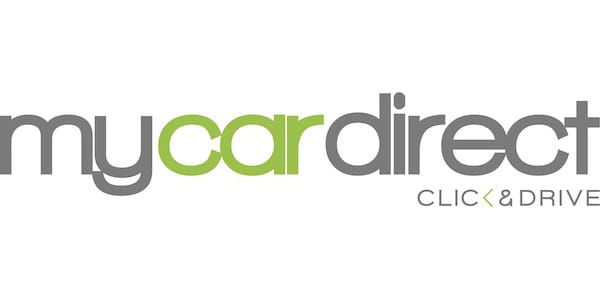It’s nearly 90 years since the driving test was introduced in the UK and, since that June 1935 turning point in British motoring history, drivers have largely learned to drive – and taken their test – in a manual transmission car.
It was a given really: passing a manual driving test allowed you to drive the more unusual automatic cars as well as those millions available with a gearshift. But obtaining a certificate for an automatic car only, restricted the type of car you could drive in the future, solely to two-pedalled vehicles.
So, most people opted to go down the manual route.
The UK has traditionally been the home of the manual-geared vehicle. Historically, most cars in this country have been built with a clutch pedal and gearstick, while drivers in Europe and the US have traditionally opted for an automatic.
But are things changing now? With growing numbers of cars now offered in automatic form – and electric vehicles (EVs) coming, by design, as automatics, is the future an auto one? And are manually operated cars destined to be a thing of history, making learning how to drive one redundant?
Auto’s growing status
The auto ‘box has become more popular over the last decade in passenger cars in the UK – the transmission has always been perceived as more expensive than a manual, but fashions are now changing, and more cars are being built and offered with an automatic option as costs fall.
And that is showing in terms of sales – in 2010 around 25% of cars sold in the UK were automatic but by last year that had risen to over 55%, and now that’s heading towards 60%.
Small city cars, mid-size hatchbacks, SUVs, MPVs and 4x4s – all forms of car can now be found in automatic form, and often they are only available in auto. For example, Volkswagen recently announced that the ever-popular Golf model range will no longer be available with a manual gearbox.
Sports cars from the major high-performance manufacturers now almost all come in automatic form with paddle shifts on their steering wheels and tiny transmission levers or push-button controllers to select ‘Drive’. And even the more mainstream sports models, such as the Ford Puma ST, will come only as a seven-speed auto.
Driving test
Automatic driving tests are increasing in popularity. In 2021/22 a total of 1,538,314 practical driving tests were conducted, with 242,713 of these automatics – 16% of all tests. That compares with 2011/12 when there were 1,569,069 driving tests of which 26,400 were automatic – a percentage of under 2%.
The AA motoring group says that its Driving School data shows that in January 2022, 86% of its franchisees were teaching in manual cars and 14% in automatics. But by July 2023, the number of instructors using manual cars had decreased to 81% and those teaching in automatics had increased to 19%. Overall, in 2023, 37% of people training to be a driving instructor with the AA Driving School chose an automatic vehicle.
Research by road safety charity IAM RoadSmart recently showed that the increasing numbers of EVs is massively influencing driving attitudes of young people aged 17-24 years old. More than 60% of 1,000 young drivers questioned by the charity said they plan to apply for an automatic-only driving licence.
And analysis by insurers Direct Line Group revealed that the last manual cars ever built could be in around 2029, with 2043 earmarked as the ‘Age of the Auto’ when every car on the road is automatic.
Researchers there say that means the last person to ever take a driving test in a manual could be born in 2027 (add 17 years to qualify to take a test, equals 2043).
The advantages of auto learning (and driving)
Cost: Learning to drive in an automatic is easier. There’s no mastering of the clutch required or knowing which gear to be in, and where. Autos are simpler to drive and therefore quicker and cheaper in terms of driving lessons.
Ease: Most modern manual cars have six gears – the days of four cogs or even five, are gone. That means a lot of gear changes to be made during any journey, especially if the road is busy. An automatic takes away that stress – you simply select ’Drive’ and the car does all the hard work.
Comfort: Autos are perfect for driving in heavy traffic, removing the need for constant clutch-pumping in stop-start road conditions.
Stall: It’s unlikely you’ll stall an automatic car plus they will move away smoothly as the gearbox does all the work for you. They also creep forward slowly in traffic, controlled by the brake pedal.
Hill start: There’s no chance of rolling back on an incline with an automatic, especially as most modern autos also have a ‘hill start’ facility linked to the handbrake or park brake. They hold the car on the brakes until there’s sufficient power going to the drive wheels.
Manual or auto?
So, will there come a time when it’s not worth learning to drive a manual? Certainly, the traditional split between manual and automatic driving licences is becoming less marked.
The technology on an auto car is greater than a manual, which has traditionally added to the cost, but this is changing as autos become more prevalent. So while manual cars are generally still slightly cheaper than automatic ones – especially on the used market – that will change as more autos and EVs become available.
Undoubtedly, the swing towards automatic-only driving tests is growing, especially in big cities and built-up areas. And some experts now say that automatic tests are likely to out-number manuals by the end of the decade.
Read more:










